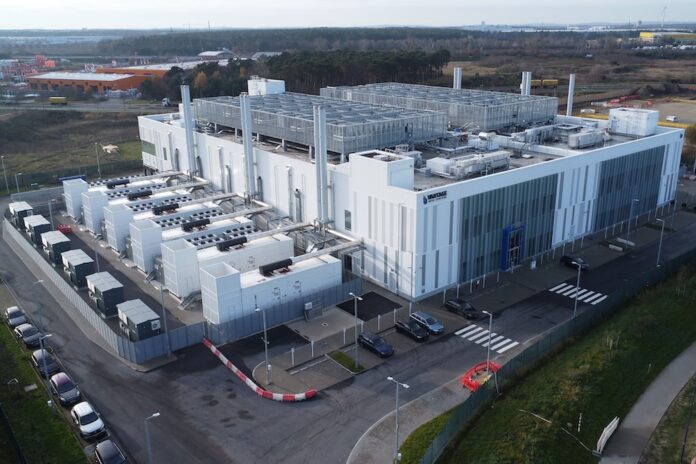Infrastructure investors will keep Europe’s data centre market growing but prices may not fall anytime soon
Analysts DC Byte, which track almost 7000 data centre developments globally, said EMEA’s Live Supply grew from 4.6GW in 2018 to 8.8GW in 2023 but the region’s growth has fallen behind APAC and the Americas due to the increasing challenges around power availability and the high cost or availability of land.
In its latest 2024 Global Data Centre Index, DC Byte said the EMEA region is also generally more restrictive in terms of data centre development, whereby planning permission is difficult to obtain and there are more regulations and policies in place. Overall, demand exceeds supply across EMEA, which has been a common theme for the past few years. In turn, this has had a knock-on effect on increasing colocation rental rates, which has been further exacerbated by rising build costs.
Even so, the largest established FLAP-D markets (Frankfurt, London, Amsterdam, Paris and Dublin) added an average of 450MW of Live Supply each. However, DY Byte found the secondary markets such as Belgium, Denmark, Poland, Spain, Sweden and the UAE have each recorded more than 100MW of Live Supply growth during this time period.
AI continues to drive data centre growth further and there is an emerging trend of operators and hyperscalers expanding outside of the established clusters where there is a greater offering of land and power to meet the specific needs of AI applications.
The so-called Pipeline (Under Construction + Committed) Supply measure – a proxy for tangible investment in a market on both supply and demand fronts – demonstrated how much investment is poised to hit European data centre markets.
The report found that EMEA witnessed the strongest Global Pipeline Supply Growth out of the three global regions reflecting a CAGR of 32.4% despite having the slowest historical growth in Live Supply. Much of this is driven by the appetite of hyperscalers and other enterprises needing capacity in some of the world’s most established data centre markets so that certain requirements are met, particularly from AI applications.
With this, said DC Byte, demand has grown for capacity across EMEA in the face of a lack of available power and appropriate land across the region. While the number of deals is decreasing, the sizes of these deals have increased, and larger campuses are being built to meet these requirements.
Early stage growth is solid
EMEA demonstrated strong growth of Early Stage Supply from Q2 2021 onwards. While the region observed slower growth than the less developed APAC region, growth rates exceed that of the Americas, reflecting a CAGR of 62.4%.
Supply growth is primed to continue over the next few years with significant industry players announcing data centre developments across the core EMEA data centre markets as well as in the tier two markets of Milan, Madrid, and Berlin and so on.
Further to this, the MENA region is emerging as a key destination due to experiencing fewer market challenges (land and power constraints) in these locations, combined with the fact that countries such as the UAE and Saudi Arabia occupy strategic geographic positions, have good connectivity, and have observed growing demand in recent years.
Live supply growth will be sustained
The report found that Live Supply projections highlight a growth of 13.6% CAGR in EMEA, however DC Byte believes the actual growth is anticipated to exceed the forecasted numbers and start to accelerate going forward.
This is on the basis that EMEA demonstrated the strongest growth of Pipeline Supply out of all the regions which should start to translate into Live Supply. Live Supply will play a pivotal role in supporting the growing demand for AI and continued adoption of cloud services across EMEA.
“We expect that supply growth is primed to continue over the next few years with the likes of major real estate funds and hyperscalers announcing billions worth of investment into digital infrastructure,” said the report authors.



